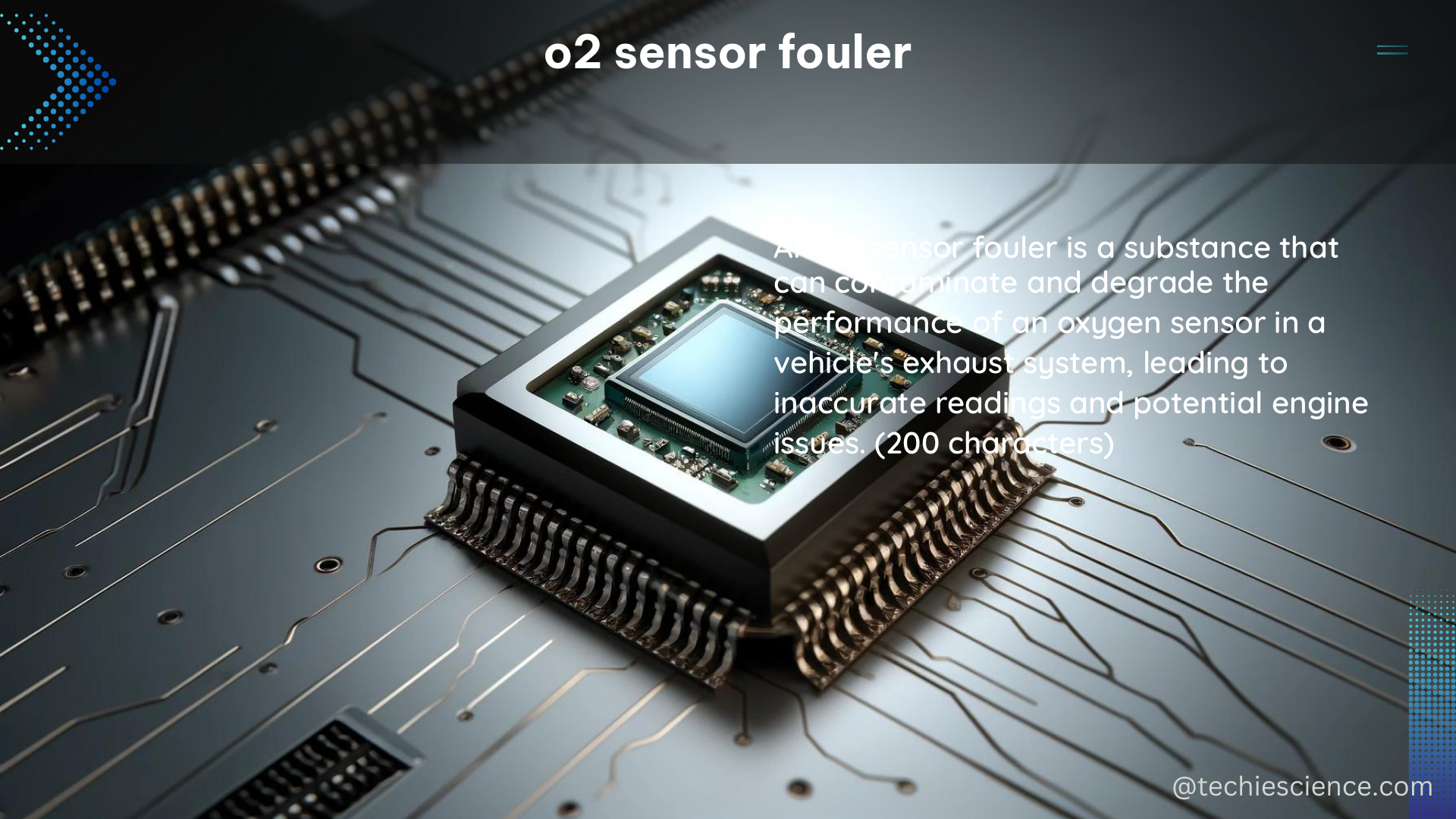The O2 sensor fouler, also known as the spark anti-fouler or O2 simulator, is a device used to prevent the catalytic converter from fouling due to the rich exhaust gases produced by high-performance engines. The fouler works by moving the O2 sensor out of the direct line of exhaust gases, reducing the amount of fuel and other substances hitting the sensor, making it appear normal to the engine control unit (ECU). This trick can be used to disable the check engine light (CEL) caused by cat deletion or the use of high-flow cats without tuning the entire PCM.
Understanding the Technical Specifications of the O2 Sensor Fouler
The technical specifications of the O2 sensor fouler include:
- Anti-Foulers: The O2 sensor fouler utilizes a pair of 18mm anti-foulers, which are drilled out with a 1/2″ drill bit.
- Sensor Placement: The anti-foulers are screwed into the exhaust system, with the O2 sensor screwed into the anti-fouler.
- Sensor Positioning: The fouler is designed to pull the O2 sensor out of the exhaust stream by at least .1406 or 7/64, eliminating the CEL.
- Heat Shielding Modifications: The anti-fouler trick has been used successfully by many car enthusiasts, with some modifications to the heat shielding required for proper installation.
Preparing for the O2 Sensor Fouler Installation

To install the O2 sensor fouler, you will need the following tools and materials:
- A pack of 2 18mm anti-foulers
- A 1/2″ drill bit
- Modifications to the heat shielding (if necessary)
Step-by-Step Installation Process
- Drilling the Anti-Foulers: Using the 1/2″ drill bit, drill out the center of the 18mm anti-foulers to create a larger opening for the O2 sensor.
- Fitting the Heat Shielding: Depending on your vehicle’s exhaust system, you may need to beat on the heat shielding to create enough space for the anti-foulers to fit properly.
- Securing the Anti-Foulers: Screw the drilled-out anti-foulers into the exhaust system, ensuring a secure fit.
- Inserting the O2 Sensor: Screw the O2 sensor into the anti-fouler, positioning it to be pulled out of the direct line of the exhaust stream by at least .1406 or 7/64.
Cost-Effective Solution for Disabling the CEL
The total cost of this O2 sensor fouler modification is around $8, making it a highly cost-effective solution for disabling the CEL caused by cat deletion or the use of high-flow cats without tuning the entire PCM.
Key Benefits of the O2 Sensor Fouler
- Prevents Catalytic Converter Fouling: The O2 sensor fouler helps prevent the catalytic converter from fouling due to the rich exhaust gases produced by high-performance engines.
- Disables Check Engine Light: The fouler trick can be used to disable the check engine light (CEL) caused by cat deletion or the use of high-flow cats without the need for a full PCM tune.
- Cost-Effective Modification: At around $8, the O2 sensor fouler is a budget-friendly solution for addressing CEL issues related to exhaust system modifications.
- Ease of Installation: The installation process is relatively straightforward, involving drilling out the anti-foulers, fitting the heat shielding, and securing the components in the exhaust system.
Potential Drawbacks and Considerations
While the O2 sensor fouler can be an effective solution, it’s important to consider the following:
- Legality: Depending on your local regulations, the use of an O2 sensor fouler may not be legal, as it can potentially bypass emissions control systems.
- Sensor Accuracy: By moving the O2 sensor out of the direct line of the exhaust, the accuracy of the sensor’s readings may be compromised, which could lead to other issues.
- Long-Term Reliability: The long-term reliability of the O2 sensor fouler setup is not guaranteed, and it may require periodic maintenance or replacement.
Conclusion
The O2 sensor fouler is a versatile and cost-effective solution for disabling the check engine light caused by exhaust system modifications, such as cat deletion or the use of high-flow catalytic converters. By understanding the technical specifications, installation process, and potential benefits and drawbacks, car enthusiasts can make an informed decision on whether this modification is the right choice for their vehicle.
References:
- Disabling O2 Sensor – Spark Anti-Fouler Trick Explained
- Rear O2 Sensor Trick
- Understanding Oxygen Sensors to Diagnose Fault Codes
- O2 Sensor Anti-Fouler Trick
- O2 Anti-Foulers

The lambdageeks.com Core SME Team is a group of experienced subject matter experts from diverse scientific and technical fields including Physics, Chemistry, Technology,Electronics & Electrical Engineering, Automotive, Mechanical Engineering. Our team collaborates to create high-quality, well-researched articles on a wide range of science and technology topics for the lambdageeks.com website.
All Our Senior SME are having more than 7 Years of experience in the respective fields . They are either Working Industry Professionals or assocaited With different Universities. Refer Our Authors Page to get to know About our Core SMEs.